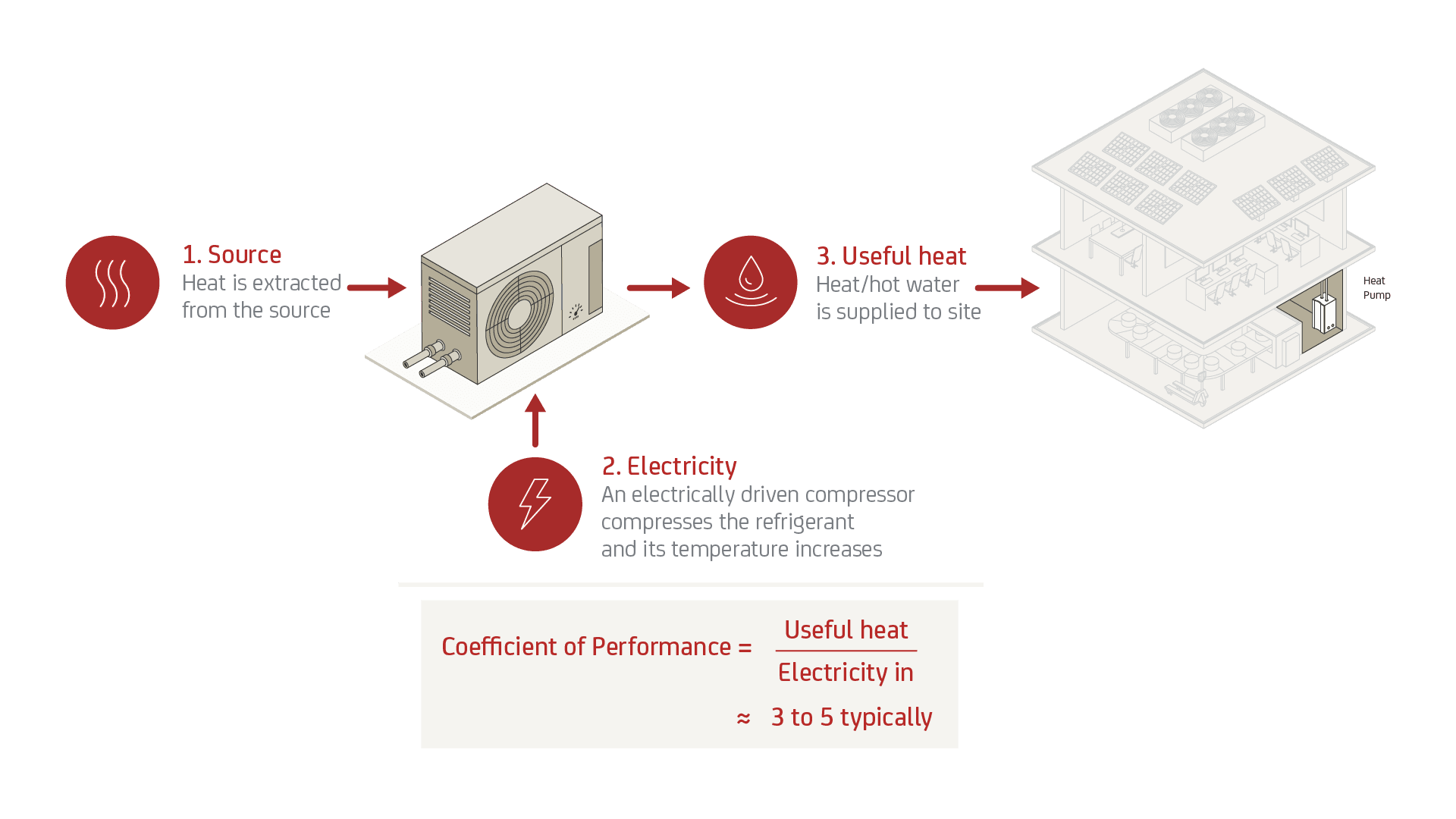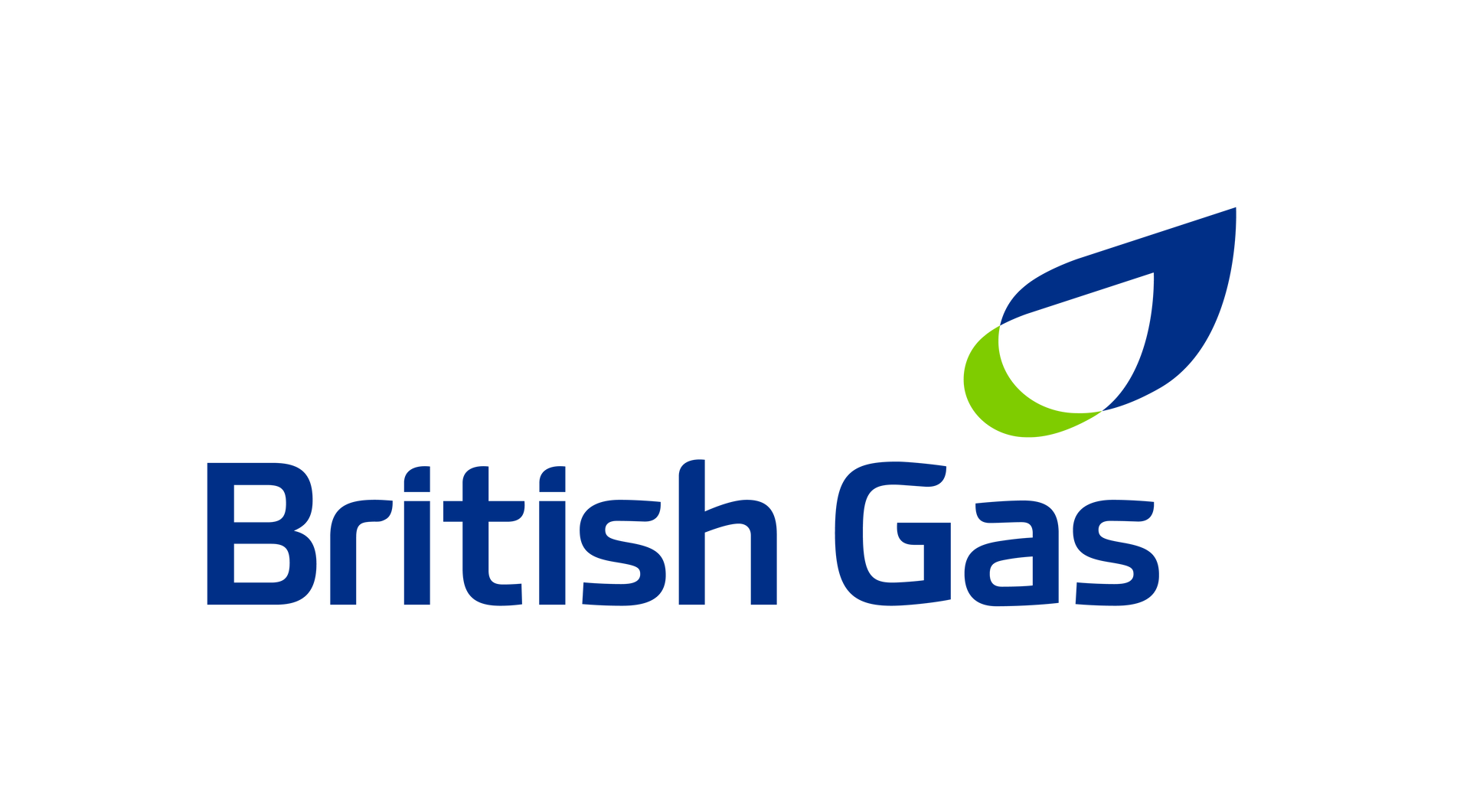How do you turn your net zero goals into practical actions for reducing carbon emissions? We suggest technologies and approaches that might be part of your thinking – as you look to create an energy solution that’s tailored to you.
On your path to carbon emission reductions, your business has spent time working out your net zero objectives and identifying future sustainability opportunities. The next step is to turn these goals into actions.
If you’re at this stage, you will recognise that your choices need to tread the right balance between three priorities: carbon reduction, cost efficiency and resilience. These three focus areas are all highly important; delivering one at the expense of the others could be detrimental.
A structured action plan can help you excel in all three of these areas. But to find the right balance between these priorities, you’ll need to consider which approaches and energy technologies are appropriate to your goals. Here are a few tips to help design an action plan that’s right for your business.
Develop a structured, data-driven approach
With carbon reduction, every effort you make should be judged on data. It is worth getting advice and support from a specialist partner, to help make sure this data is robust and that it is turned into actionable analysis that can inform future energy plans. This can help you develop a structured approach – starting with reliable baseline figures which you can use to benchmark the great work you’re doing.
Recognised data standards, of course, are an important part of this; for example, you might use a standard such as the Greenhouse Gas Protocol to figure out how emissions reporting might look for your business. To stay on track, you then need to look at practical ways to capture the quality of data to fit with the reporting framework you use.
Real-time monitoring is an effective way to make sure you have the robust data you need. For example, our energy insights solutions enable you to monitor emissions at the device level in real time. You can use the collected data to help you create an asset inventory, diagnose emissions hotspots, analyse trends over time – and pilot ways to cut the carbon you emit.
Select technologies to reduce carbon from heat
Heating is, of course, a major source of carbon emissions. So it’s vital to make heat part of your carbon reduction plan.
Green gas
If you’re using CHP (combined heat and power), one way to reduce reliance on fossil fuels is to offset it with green gas certificates.
Green gas certificates (Renewable Gas Guarantee of Origin certificates, or RGGOs) can be used to offset Scope 1 emissions in greenhouse gas reporting. And you can blend these with emissions offsets to give greater price certainty over a longer period.
Looking further ahead, hydrogen can play a pivotal role in accelerating decarbonisation across many of the most difficult sectors and applications, such as shipping, aviation and high temperature industrial heat. While the wide-scale deployment of hydrogen could take time, there are opportunities to capitalise on this versatile technology today and help to accelerate the commercialisation of hydrogen.
Heat pumps
If you’re looking for a solution which can significantly cut direct (Scope 1) carbon emissions compared to natural gas, consider on-site heat pumps.
Different kinds of heat pumps do, of course, come with pros and cons: ground-source heat pumps, for example, offer better seasonal performance (and associated emissions reduction) than air-source heat pumps – while air-source heat pumps are less disruptive and easier to retrofit. So it’s worth taking advice from a specialist to see how to choose the right technical solution for your business. Read about reasons to choose heat pumps in a related blog post.

Look at options for greener power
To reduce carbon from electricity generation, once again you need to select technologies and approaches which are appropriate for your business.
If you already use CHP, then shifting to green gas or RGGOs is, of course, an effective option for power as well as heat. But there are other options depending on your circumstances:
On-site solar
Solar is, of course, a renewable source of energy generation – and it can typically offset 50% of your grid consumption with clean power, thanks to the fact that electricity costs can be reduced by as much as 30%. Many of our customers see solar payback within 5–8 years, making it an effective way to reduce carbon as part of your business case.
But remember: if carbon reduction is your main goal, then you don’t always need to make an up-front capital investment in on-site solar. Instead you could consider a Commercial Solar PPA (power purchase agreement). With this option, Centrica Business Solutions installs a solar PV system on your site, and you simply pay for the electricity generated by the system at a discounted kWh price for the term of the contract, essentially going solar without any capital investment. There’s also the option of a ‘private wire’ PPA by which we finance, build and operate the asset on third-party land (or your own excess land), with a private wire feeding to your site.
Off-site PPA
Depending on your needs, renewable technology could of course be generated off-site, for example from wind energy. In this scenario, we can offer different kinds of power purchase agreement (PPA).
At Centrica Business Solutions, for example, we’ve signed a long-term PPA contract with Moray Offshore Windfarm East, a wind farm off the coast of Scotland.
We can ‘sleeve’ energy from off-site renewables to your energy supply contact via what’s known as a ‘sleeved PPA’ – or we can offer ‘virtual PPAs’ which work as a form of hedge on the price of energy on the wholesale market. Find out more about different types of PPA.
Power up your thinking about EVs
If you’re on the road to carbon reduction, chances are you’re becoming excited about electric vehicles (EVs) . You might for example, be thinking about putting in workplace charging points – or developing EV fleets, like British Gas, part of Centrica, which ordered 1,000 all-electric vans for its engineers in 2020, followed by a further 2,000 vans in 2021. Combined, these orders represent the largest electric vehicle order for a commercial fleet in the UK, and all 3,000 electric vehicles will be on the road by 2022.
When considering EVs, it’s vital to think about not just EVs themselves, but also their knock-on effects on your energy strategy. According to our Distributed Energy Future Trends report, as many as 77% of organisations are looking at options for electrifying transport or offering EVs to employees – but just 43% have considered the impact of EVs on their power requirements.
How, for example, does your EV power demand integrate with your existing on-site power generation and data monitoring plans – and do you need on-site renewable power to decarbonise this extra power?
There are also design challenges ahead. For an effective EV system, you may need to consider not only charging hardware and software; but also driver-friendly EV management software to manage use cases such as home charging, private use, tariff optimisation and integration with payroll.
Maximise the value of flexibility
Demand Response can help businesses to create a new revenue stream from their energy assets – money which you can then reinvest in cleaner ways of generating energy. It also helps the wider grid move away from fossil fuels, like gas and coal. Renewable energy can be intermittent, and Demand Response is helping to create a more flexible energy system that can effectively respond to fluctuations in supply and demand.
There are a number of areas to consider, in order to maximise your participation in Demand Response. Consider how your business can harness IoT technology to more precisely plan when and how to use energy. As well as driving the best value out of your participation in optimisation programmes, this can also help to reduce the risks. Your business should also study the potential benefits of aggregating different types of energy assets into a Virtual Power Plant. Finally, think about combining your participation in Demand Response with device-level sensor technology, to help you to identify even more flexibility, further enhancing performance.
Delivering carbon emission reductions: how our Energy Pathway can help
With so many options, designing your decarbonisation strategy can seem complex. At Centrica Business Solutions, we offer not only a wide range of energy services and distributed energy technologies, but also the power of our expertise to guide you through.
That’s why we offer our Energy Pathway – to help you to reduce your carbon footprint, but also to reduce the complexity you face as you evaluate your sustainability needs, and seek to meet your specific business goals.



